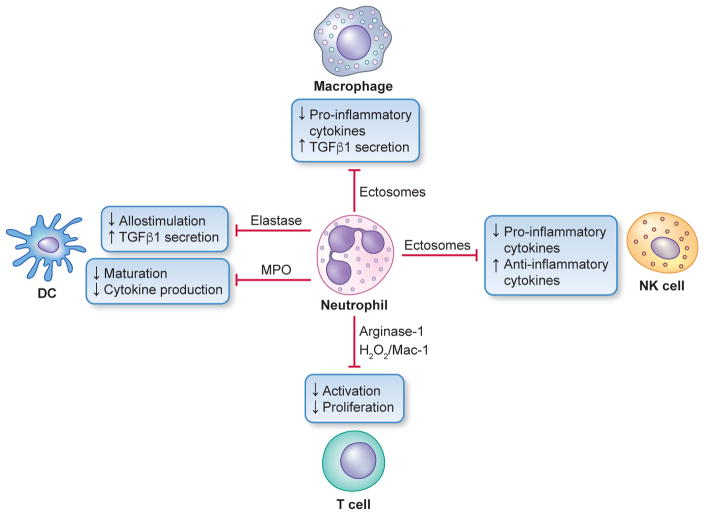Fig. 2. Regulatory neutrophil cross-talk with other leukocyte types.
Neutrophils can potentially suppress T cell activation by releasing arginase-1 (depletes arginine required for T cell activation) or by delivering H2O2 into the immunological synapse in a Mac-1 integrin–dependent manner. Neutrophils can also indirectly suppress T cell activation through myeloperoxidase- or elastase-dependent mechanisms that inhibit dendritic cell (DC) function. Furthermore, neutrophils can release ectosomes that can down-regulate the inflammatory activity of innate immune cells, such as macrophages and natural killer (NK) cells.

